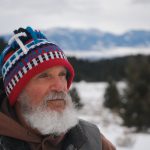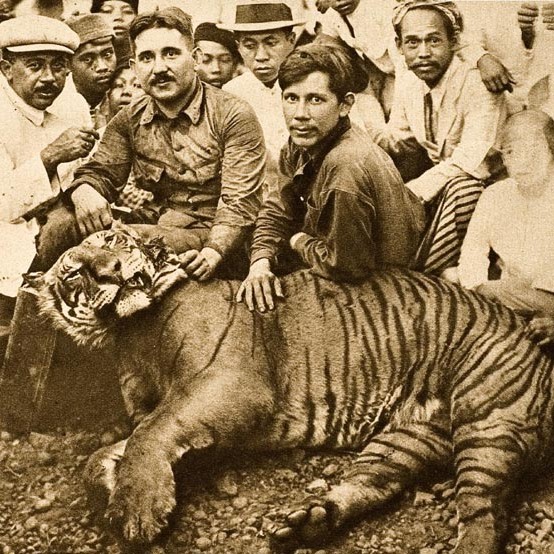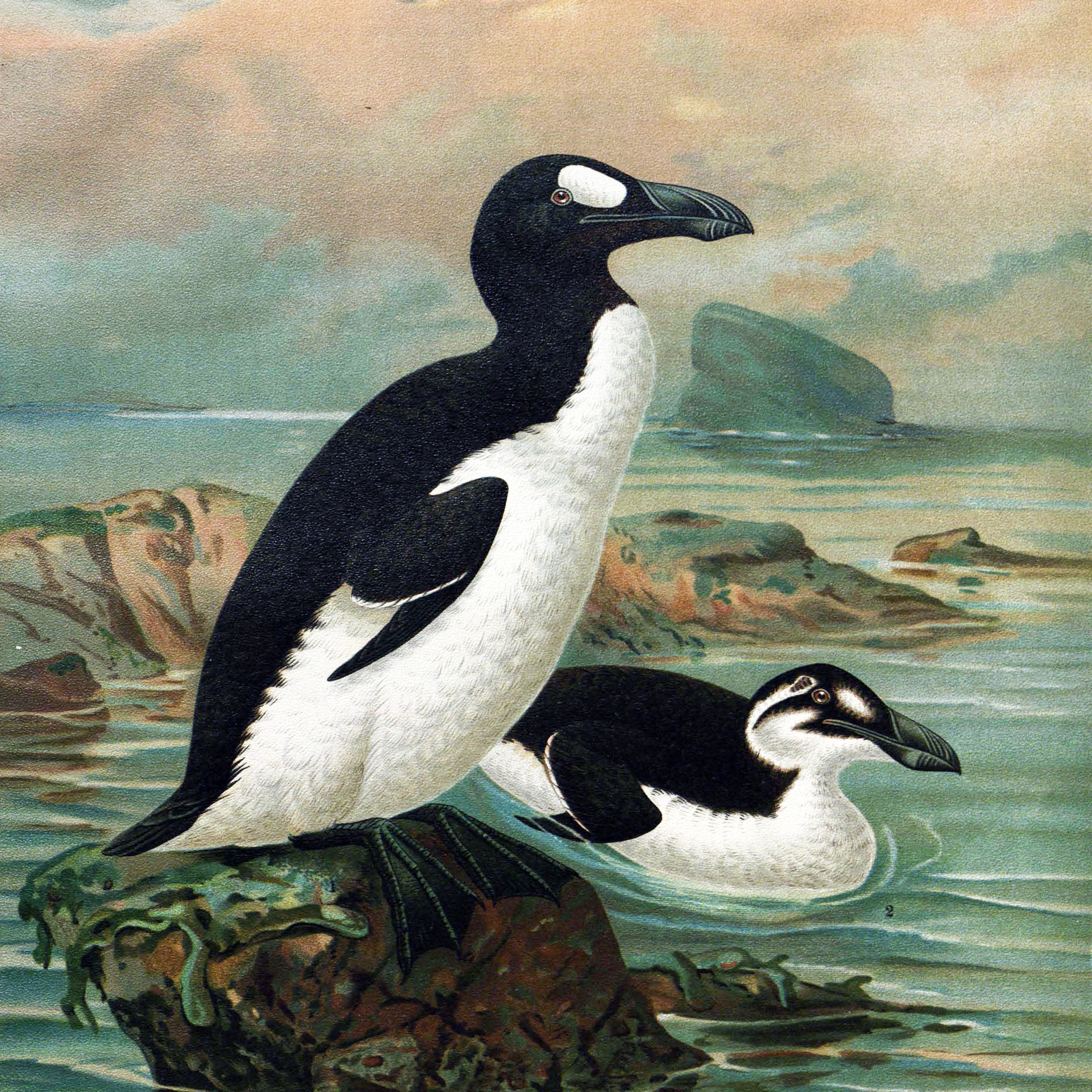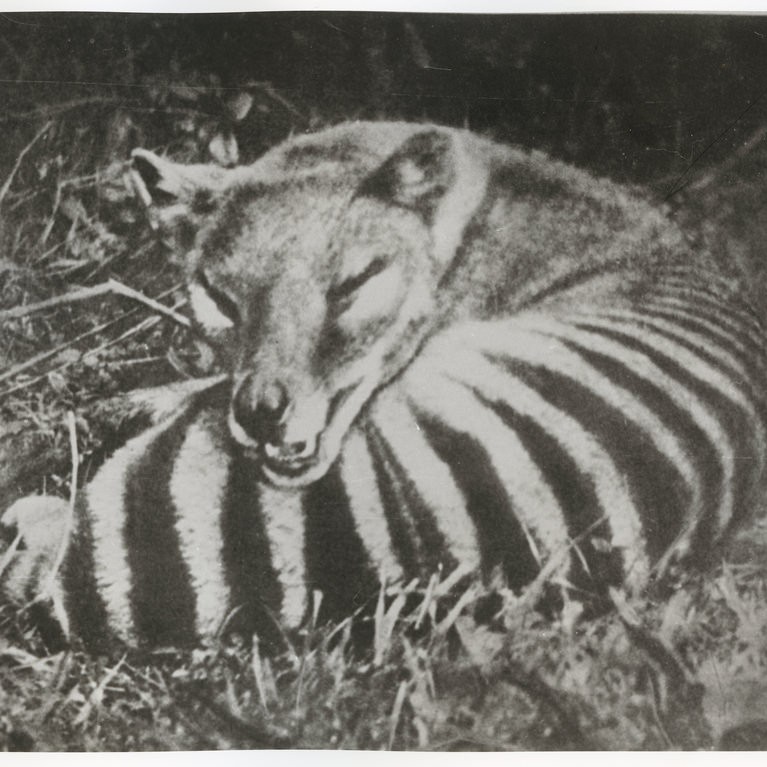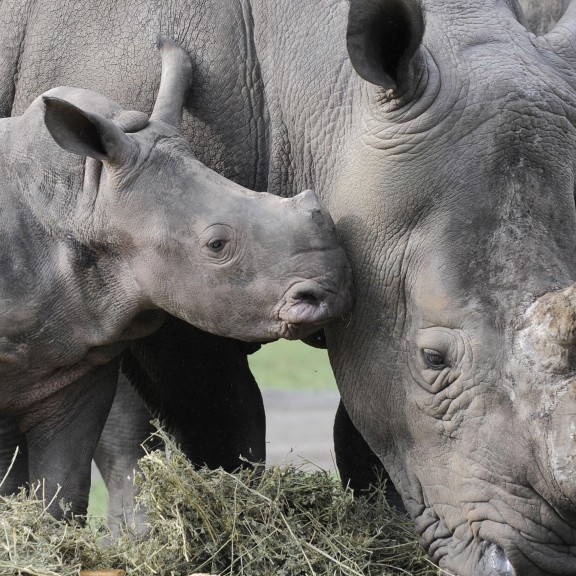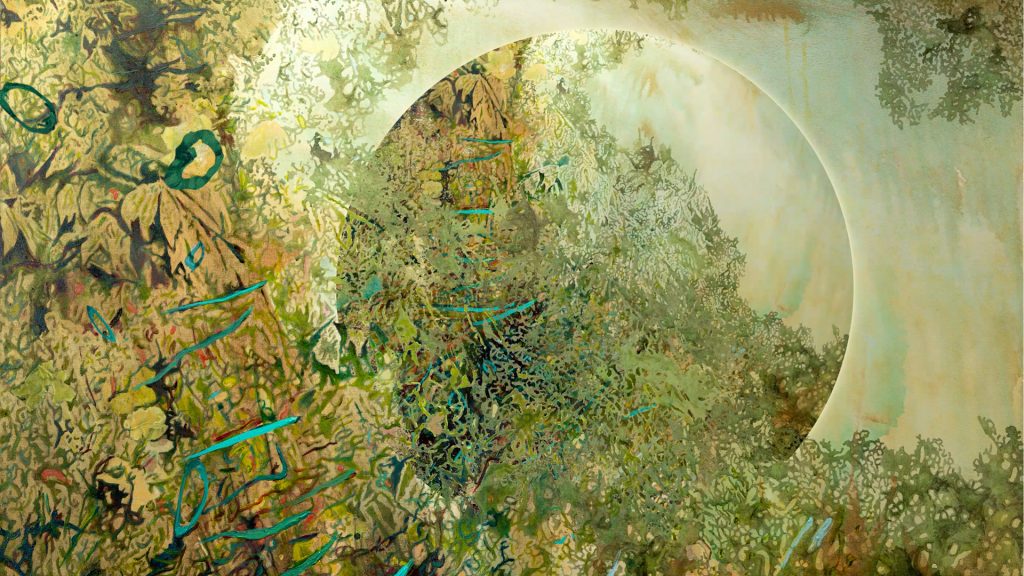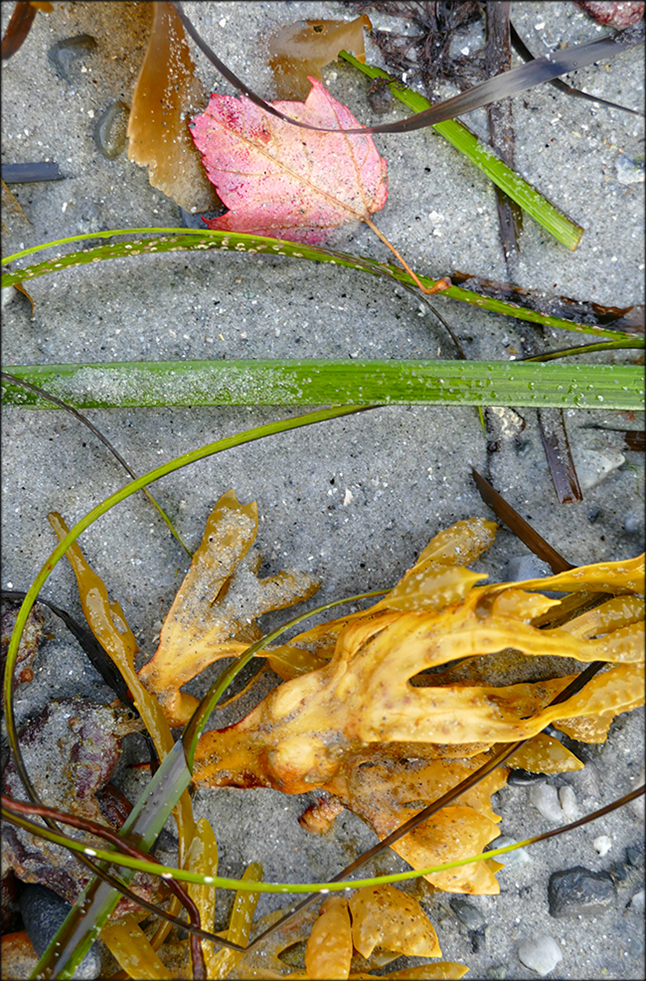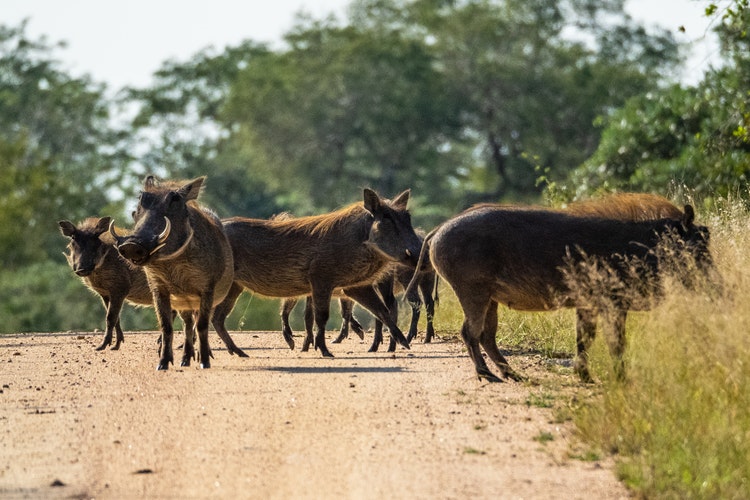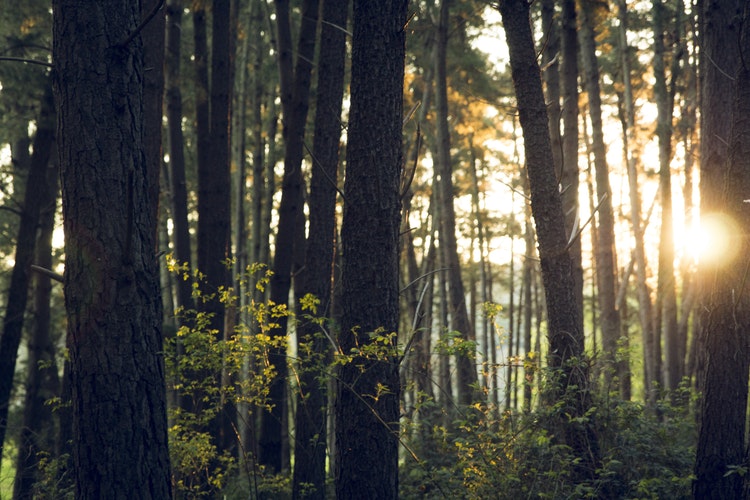Nourishment
Things change. No assertion could be more banal. Yet, within that statement lies a profound truth: From birth, all things—individuals, social groups, nations, species, galaxies, and universes—carry the seeds for their dissolution.
Things never change. Within that assertion, too, is a profound truth: What we call “death” is endless transformation—the never-ending dance of energy and matter.
The universe is a “restaurant” consuming itself. On Earth, life forms complex food webs as organisms consume one another. The sun that provides the energy to maintain life on Earth will one day grow into a red giant and consume the planet it once sustained.
Humankind has made an art form of dining. Dining conjures up images of plants and animals nicely arranged on platters and served in fine restaurants, but eating is participating in endless transformation as plants and animals are grown, killed, cooked, and consumed. As I eat, the energy and matter in plants and animals become this entity I call “me”—which will in the flicker of a cosmic eye return to plants and animals. Every act of eating is an act of creating.
During the blink of an eye we call a lifetime, change transforms us. Change forces us to see Earth and our place in the cosmos in new ways. Some changes we embrace: Birth brings great joy. Others are unwelcome: Partings and death are sad, but sorrow is part of being alive.
I imagine life on Earth as an interesting experiment: Isolate a species (Homo sapiens) in a place (planet Earth) and see if they can figure out where they are; how they got there; how to survive there; and what, if any, purpose “there” serves. Is it any wonder Homo sapiens have come up with such a bewildering array of beliefs about things physical and metaphysical?
We are born at a particular time and place on a planet orbiting a star in a galaxy. We are taught what and how to believe and behave, based on what has worked historically in our culture. Culture and place become our context. Buckminster Fuller wrote, “I live on earth at present, and I don’t know what I am. I know that I am not a category. I am not a thing—a noun. I seem to be a verb, an evolutionary process—an integral function of the universe.”1
This “verb” called “Fred” came to visit this planet humans call Earth in mid-September 1950. I was born in mid-May of 1951. I was raised in a small town in the Rocky Mountains of Colorado. As a child, I was captivated by streams, ponds, mountains, and creatures wild and free—bees, moths, butterflies, dragonflies; pollywogs, frogs; all manner of trout; ducks, geese; grouse, ptarmigan; deer, elk, mountain goats. As a young man, I worked on a ranch for seven years, during four of which I was majoring in wildlife biology at Colorado State University. During that time, I met the woman who would become my wife on the ski slopes in Colorado when we were members of a racing team. After Sue and I married, we moved to Utah. There, we raised a family while I worked as a professor in the Department of Wildland Resources at Utah State University. My fascination with things wild and free led to a life of research on the behavioral ecology of plants and herbivores. Thirty-five years—a family and a career—later, we moved back to Colorado, where we live in the tranquility of the backwoods.
Unlike most songbirds who live here seasonally, Sue and I make our nest in this backwoods of Colorado year-round. Our nest is located at 9,500 feet, at the junction of forest and park. From our place, we gaze across twenty miles of South Park, one of four vast parks—North Park, Middle Park, South Park, and the San Luis Valley—that run from the northern to the southern borders across central Colorado. The rolling parkland transitions into aspen- and conifer-cloaked highlands rising to 14,000-foot alpine peaks that make up the Mosquito Range to the north, the Sawatch Range to the West, and the Sangre de Cristo Range to the south. The potpourri of plants that blanket South Park is a hodgepodge of grasses including squirreltail, muhley, and blue gramma; forbs such as paintbrush, penstemon, and locoweed; shrubs the likes of sagebrush, rabbitbrush, and ground juniper; and trees such as aspen, ponderosa pine, and Douglas fir. Their abundances and appearances change daily, seasonally, and annually—a kaleidoscope of forms and colors—in the ebb and flow of life that sustains insects, birds, and mammals in this place we call home for what we know is a stolen moment.
As the sun’s rays warmed yesterday morning’s landscape, Sue and I meandered from the treeless top of the great hill, the backdrop to the south of our nest, down through the aspen and pine woods that blanket the hill. Nuthatches, juncos, and chickadees fluttered from tree to tree, some dining on insects in the bark of pine and fir, others plucking seeds from Douglas fir cones. Elk foraged along the edges of grass-forb parkland, near the aspen-conifer forest.
From the hilltop in the evening, we gazed in wonder as two coyotes, a dozen ravens, and a golden eagle began feasting on a live antelope, its leg caught between strands in a barbed wire fence. It was a wake, nature-style, and the participants were celebrating a life.
From the hilltop at sunrise this morning, we could see no sign of the antelope, so we strolled down the grassy knoll to examine the scene of last night’s buffet. Nothing remained, not even the grasses and forbs that yesterday resided inside the paunch and intestines of the antelope. The only evidence of the meal was a little blood on the grass, small pieces of bone, and the scrap of hide three coyotes and two ravens were enjoying for breakfast.
Pondering the banquet, I recalled author William Holston’s essay about the diet of mountain men.2 Bison was their main food. When game was plentiful, they ate the choice parts. When they had been without meat for several days, all traces of civility vanished: The bison’s skull was split open, and the men devoured the brains in bloody chunks. The liver, torn from the body cavity, bloody and unwashed, was seasoned with gunpowder, or juice from the gall bladder. The gall juice was drunk sometimes, for “a man could get quite a glow if he took it straight on an empty stomach.” The greasy fleece was cut away from the ribs and eaten raw. Other strips of raw meat or fat were consumed if the men still were not satiated.
To live, mountain man, coyote, raven, and eagle participate in an act as old as life: energy and matter endlessly changing forms. By demand and by design, organisms consume matter and energy to maintain form and sustain function. From time immemorial, life didn’t ponder what or how to eat. Organisms don’t know energy, protein, minerals, or vitamins as we discern them from lab analyses. They have no concerns about eating red meat or brains, internal organs or greasy fleece, or ratios of omega-3 to omega-6 polyunsaturated fatty acids. Those matters were beside the point for mountain men and equally irrelevant for the coyotes, ravens, and golden eagle assembled on that grassy knoll. Nature, in the form of an antelope, provided a feast and they savored every morsel on that clear, cold winter night. Soon, coyotes, ravens, and eagles will become food for soil micro- and macro-fauna, which will become plant, which will become herbivore, omnivore, and carnivore yet again, which will become soil, in endless transformation.
I recall listening to Joseph Campbell’s stories in The Power of Myth about the mystery of life living by consuming itself. As he stressed, society is a part of a larger organism, the landscape, in which society is rooted. The function of myth and ritual is to link individuals with this larger morphological structure. In the process, the consciousness of plants and animals becomes the collective consciousness, endlessly transforming one with the consciousness of the transcendent. Energy is matter is consciousness, ever evolving, manifest in myriad ways.
But times change. We have very little contact with the plants and animals that give us life.
Perhaps if hunting for meat and gathering fruits and vegetables were part of our daily lives, we would be more aware of the enigma that plants and animals die so that we may live.
Tonight, as I bask in the warm orange glow of a fire dancing off the logs, through the glass window of the soapstone stove, up the log bannister, and into the loft, I’m captivated by feelings of transformation. I’m pondering what I’ve read about the births and deaths of stars as the fire consumes the aspen logs whose elements came from the stars. The logs we cut and split last fall warm me as a December blizzard tosses water in the form of snowflakes outside our windows. The logs have taken many forms—from star to soil to seedling to tree to the fuel now being consumed by the fire, which is producing light to kindle my thoughts and heat to warm my soul. If I don’t linger here to add more logs, the fire, too, will consume itself.
It is a good evening to reflect on the mysteries of transformation and the guises within which we struggle in vain against relentless change. Plants convert sunlight, water, and nutrients into roots, stems, leaves, flowers, and fruits. Herbivores, omnivores, and carnivores can consume daily sustenance and enjoy life above and below ground because plants convert sunlight, water, and nutrients into roots, stems, leaves, flowers, and fruits. In the process, life lives on life—from death comes life and endless transformation. Yet, we seldom stop to reflect on the experience of this flow of energy and matter from plants and animals through us and back into earth.
If we enhance our awareness of these dynamic forces, we can experience and embrace a universe where energy and each particle of matter are changing at every instant.
The chapters in my book Nourishment (Chelsea Green Publishing, Nov 2018) are linked through the miscellany of my experiences, subject to the haze and distortions of my memories. They tell a tale of the ever-changing nature of forms and relationships. Like a brook, this tale meanders among what appear to be (but aren’t) modest and tranquil alpine meadows in parts one, two, and three, and from there into what turn out to be equally enigmatic glacial cirques, peaks, and crags in parts four and five. The parts of my book are my attempt to reconcile my experiences as a child, enchanted with things wild and free, with my later years—as a ranch manager, nurturing plants and animals; as a graduate student, learning about plant and animal behavior; as a professor, studying behavioral ecology of soil, plants, herbivores, and humans; and as a dweller in the backwoods, reflecting on my visit to Earth.
Seventy years ago, Aldo Leopold began A Sand County Almanac thus: “There are some who can live without wild things, and some who can- not. These essays are the delights and dilemmas of one who cannot.” His book was a fervent account of how people have lost touch with nature and how our detachment is wreaking havoc on the landscapes we inhabit. Yet, despite Leopold’s insights and eloquent pleas, people have not, for the most part, gotten back into step. Indeed, the changes mechanized humans have wrought since Leopold’s death have been nothing short of breathtaking. We are all, in a sense, being consumed by changes we’ve wrought, most of which we didn’t foresee. From antibiotic-resistant bacteria to herbicide- resistant weeds to unending wars to warming climates, these changes all seem to emerge unexpectedly. A mere 12,000 years before Leopold’s visit to Earth, hunting by our ancestors helped lead to the extinction of forty species of mammals, and modern humans are continuing to do the same to less obvious small “cogs and wheels” that are the life of soil, plants, and animals.
Gone, gone, gone…gone to the Other Shore
Images Left to Right | Javan Tiger; Great Auk, Tasmanina Tiger; Western Black Rhino
Humans aren’t alone in annihilating things wild and free. The cosmos and Mother Nature are participating through meteors and changing climates. Paleontologists tell us 99.9 percent of the species that have lived on Earth are now extinct. Only one in one thousand species that ever visited Earth (roughly 8.7 billion) is here today (estimated 8.7 million).3 Nor do most species stay for long—less than ten million to twenty million years.4 Until now, the ongoing sixth mass extinction, species were wiped out in the absence of Homo sapiens.5 Mother Nature, it seems, is bent on consuming herself, from life on the planet to stars and galaxies in the cosmos, and now humans are participating. As author, she is creativity in marvelous manifestations. As destroyer, she abolishes these splendid displays to bring forth new forms: the one wax takes many molds. As concealer and revealer, she beckons us to ponder the mysteries of transformation.
During our moment on Earth, we dine with change, we dance with uncertainty, and we fade into mystery. We now spend huge amounts of money to prolong life a few weeks or days. Yet, if we viewed death as birth, would we embrace life as ever germinating, flowering, and setting seed: dawn as beginnings teeming with opportunities; maturity as realized potential; twilight as new beginnings? Would we understand nothing arises alone or exists independently (emptiness is form), nor does anything persist in one form (form is emptiness)—creation and destruction mirror images? Perhaps what we view as loss isn’t loss at all, but being ever creating new forms, functions, and behaviors—from quarks to universes and everything in between.
This book, then, is about the delights, dilemmas, joys, sorrows, pains, qualms, uncertainties, and deep mysteries of the experience of relentless change. “The life and times of ” is the experience of change, and it hurts—if we let it. In the grand scheme of things, life flourishes with change. The demise of dinosaurs ushered in the age of mammals. Birds, in all their splendor, are descendants of dinosaurs. While we savor the beauty of the moment and the radiance of existence in myriad forms, they are fleeting. Attempting to cling to anything is futile. Letting go is creative. The challenge is to avoid illusions of stability, permanence, and control and embrace inexorable cycles of transformation. We do that by participating creatively in now.
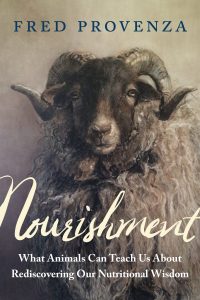
This excerpt is adapted from Fred Provenza’s forthcoming book Nourishment: What Animals Can Teach Us About Rediscovering Our Nutritional Wisdom (Chelsea Green Publishing, Nov 2018) and is reprinted with permission from the publisher.
References
- Steven Sieden, A Fuller View: Buckminster Fuller’s Vision of Hope and Abundance for All (Studio City: Divine Arts, 2011).
- William E. Holston, “The Diet of the Mountain Men,” California Historical Society Quarterly 42 (1963): 301–309.
- Mora Camilo et al., “How Many Species Are There on Earth and in the Ocean?” PLoS Biology 9, no. 8 (2011): e1001127, doi: 10.1371/journal.pbio.1001127.
- David M. Raup, “Biological Extinction in Earth History,” Science 231 (1986): 1528–33; David M. Raup, “The Role of Extinction in Evolution,” Proceedings of the National Academy of Sciences 91 (1994): 6758–63.
- Elizabeth Kolbert, The Sixth Extinction: An Unnatural History (New York: Henry Holt and Company, 2014).


